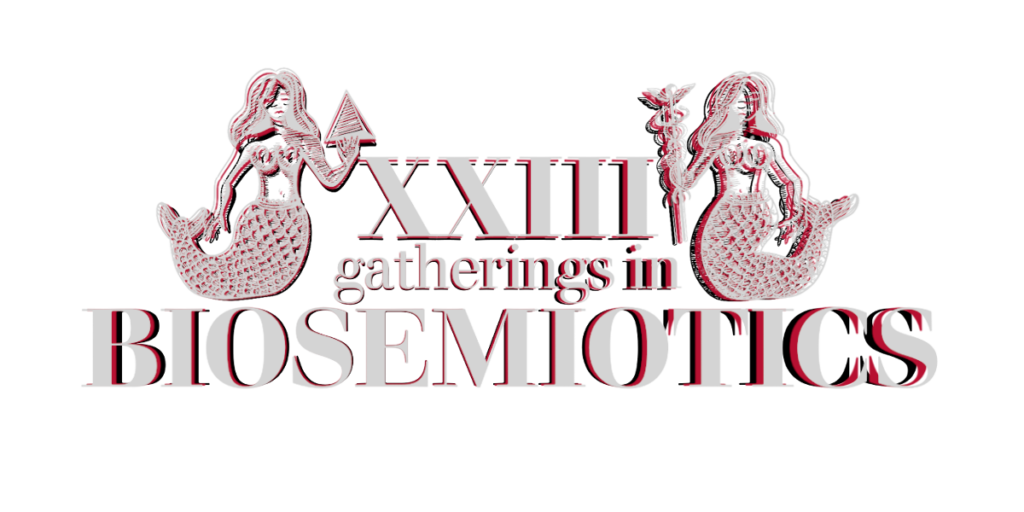Semiotics of potential meanings
[Slides from the presentation]
Because semiosis is coextensive with living and life-dependent semiotic agents, meanings (relations of entities to something else that is significant for agents) exist only on condition that semiotic agency exists capable of using/interpreting them. However, meanings can be actual or potential, depending on whether they are interpreted by semiotic agents at the given time, or not interpreted, respectively. An example of potential meaning is a natural resource (or its feature) that initially has not been utilized by organisms because of the lack of either sense organs or ‘knowledge’ of how to do it. Later, when agents gained access to this resource by adaptive evolution and/or by learning, potential meaning turns into actual meaning.
Because intrinsic properties of resources remain the same before and after actualization, it makes sense to consider such potential meanings existing even before they become actual, but retrospectively. Physics describes potentiality as a field that can be measured at any point in space by an appropriate device. Thus, I suggest treating potential meaning as a semiotic field that can be measured by some competent semiotic agent if it is placed near the meaning carrier (which is a potential sign). By observing the activity of the agent (e.g., living cell) we can simultaneously detect the existence of meaning that was in a potential state before the experiment, and the capacity of the agent to respond. Thus, the ontology of meanings is agency-dependent and knowledge-dependent. Meaning is subjective when initially discovered, but it can spread via communication and become objective within the community of agents. The collective knowledge is updated with the emergence of each new kind of agency: first, actual meanings are updated in space-and-time proximity of these new agents, and second, potential meanings are updated in the whole universe, as well as in the reconstructed past, and in the projected future.
Retrospectively, the origin of life can be explained as a transition of some pre-existing potential meanings (e.g., resources and catalysts) into actual meanings that acquire goal-directedness via collective mutual support and propagation. Thus, life most likely emerged in complex micro-environments enriched in non-redundant potential meanings. Following Deely, I assume that such complex environments can ignite the origin of life or provide resources for already existing life. Evolution of living organisms continued actualization of some already existing potential meanings, and these actualized natural meanings together with new artificial meanings became encoded in hereditary signs and memory for the purpose of reusing them when necessary within the lifespan and beyond (in the progeny). Memory in organisms is a repository of potential meanings (i.e., passive memory units that can be activated to communicate their meaning) that enables organisms to adapt on demand by activating interpretation of these potential meanings.

